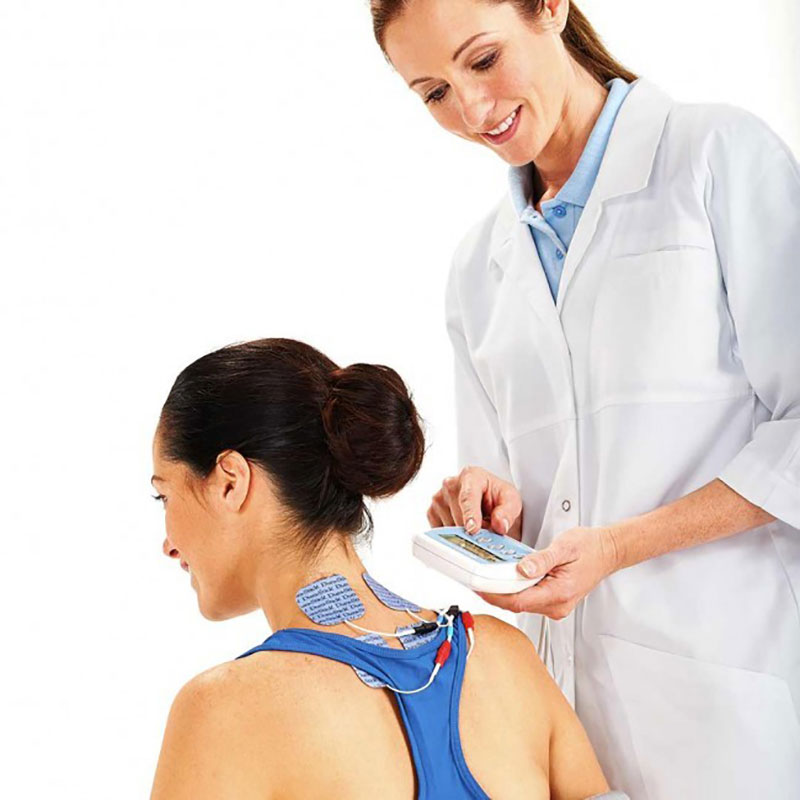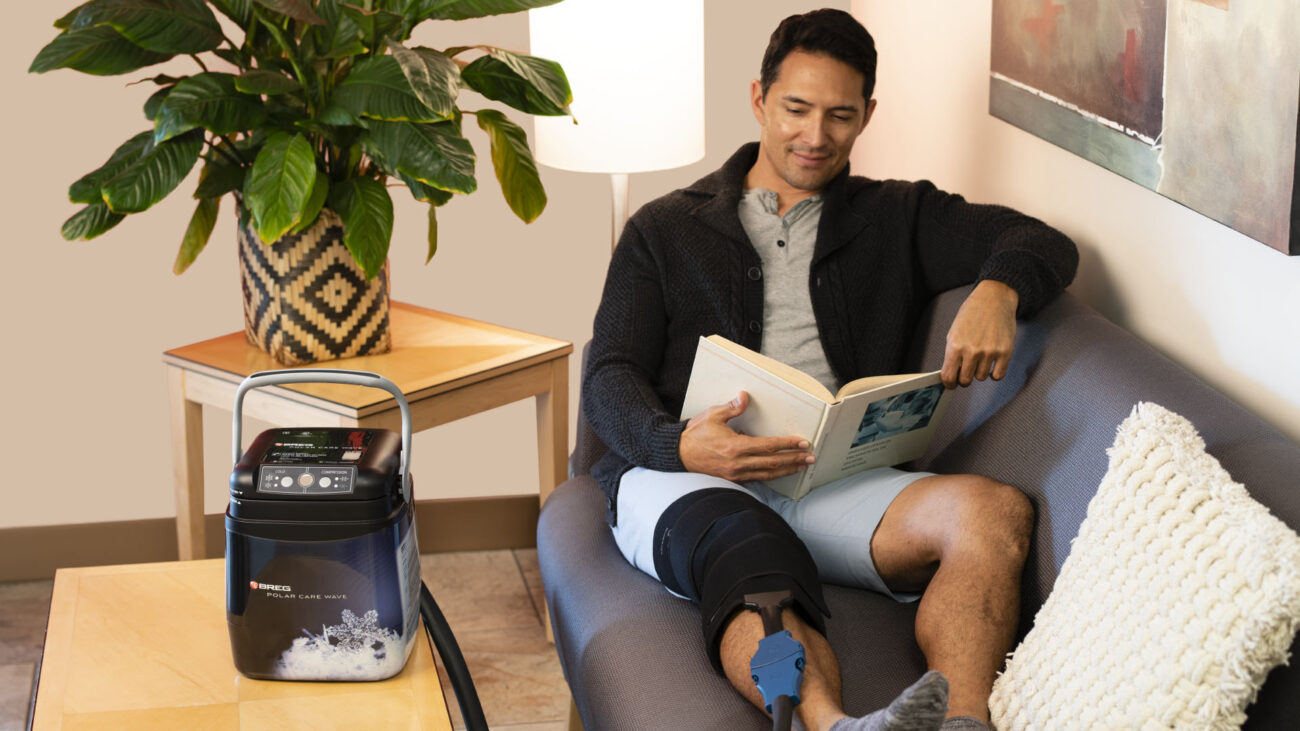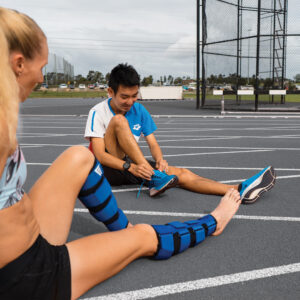Knee Injuries
Knee injuries are one of the most common injuries in the sporting world. From mild overuse injuries like patellar tendonitis and patello-femoral pain syndrome to significant traumatic injuries like patellar dislocation and ACL tears, which can keep athletes out of competition for up to an entire year.
Much research has been dedicated to better understand these injuries, how to best treat them and more importantly, prevent them from occurring in the first place. Recent research has drawn much of our focus towards the hip. It’s been shown that athletes who have weak gluteal strength (Gluteus Maximus and Gluteus Medius) are more likely to put excessive stress on their knees and more likely run into knee problems, especially in regards to ACL tears.

This problem tends to be more exaggerated in females due to their wider hips which alters the mechanics when they run, jump and quickly change direction. Females tend to have their knees collapse inward when doing these athletic maneuvers and this puts them at a great risk for knee injuries.
The other common issue that alters hip mechanics is having poor hip mobility, especially tight hip flexor muscles, which often are tight because they are attempting to compensate for gluteal weakness. Gluteal strength is also very important for performance purposes as well.
On an anecdotal note, I had the opportunity to work with one of the most highly recruited football receivers in the country, who currently starts on a nationally ranked football program in the CIS (Canadian Interuniversity Sport). After working on his gluteal strength and hip mobility for his hamstring injury, he mentioned that as soon as he returned to his gym for fitness testing, he achieved a new personal best for his 40 metre dash, vertical jump and maximum squat weight. By improving his neglected gluteal strength he was able to not only help his injury, but also improve his performance on the field.
By expanding our focus beyond looking solely at the knee, we can find many other factors that help improve recovery, prevent further injuries and also help improve overall performance.
Luke Cruickshank, MPT
About the Author
Luke graduated from McMaster University in 2011 with a Master of Science in Physiotherapy. Immediately following his graduation he was accepted into the Fowler Kennedy Sport Physiotherapy Fellowship. He then continued his professional education through the Sport Physiotherapy Canada credentialing program, obtaining his Sport Certificate in 2013 and Sport Diploma, the highest level of national certification, the following year. In 2015, he completed the Master of Clinical Science program in Manipulative Therapy at the University of Western Ontario and is now a Fellow of the Canadian Academy of Manipulative Physiotherapy (FCAMPT), this title being the highest level of orthopaedic certification in the country which is also recognized internationally. He is one of only a select few nationally, who holds both FCAMPT and Sport Diploma titles.












 Ask A Question
Ask A Question
 Tax Exempt Shopping
Tax Exempt Shopping
 Get Clinical Pricing
Get Clinical Pricing
 Affiliate Program
Affiliate Program
 Retail Stores
Retail Stores
 Health Hub
Health Hub
 Shipping Policy
Shipping Policy
 Returns/Exchanges
Returns/Exchanges
 About Us
About Us
 Contact Us
Contact Us
 Login | Register
Login | Register

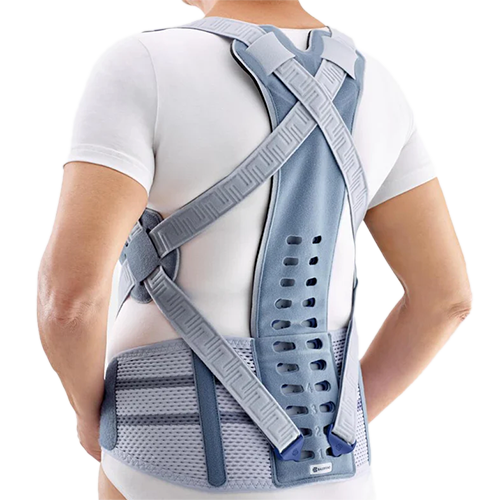
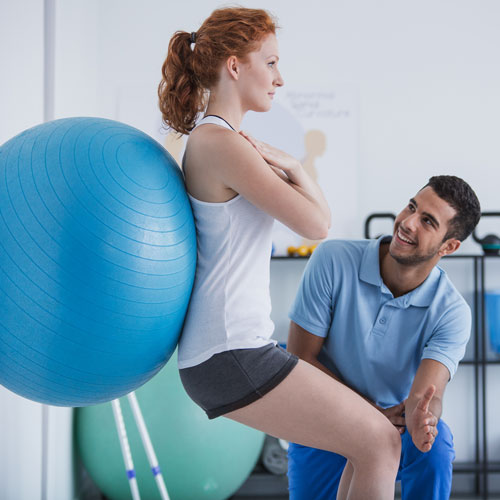

 BIOFLEX P120 Light Therapy System
BIOFLEX P120 Light Therapy System
